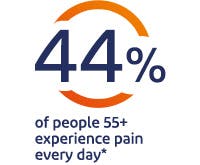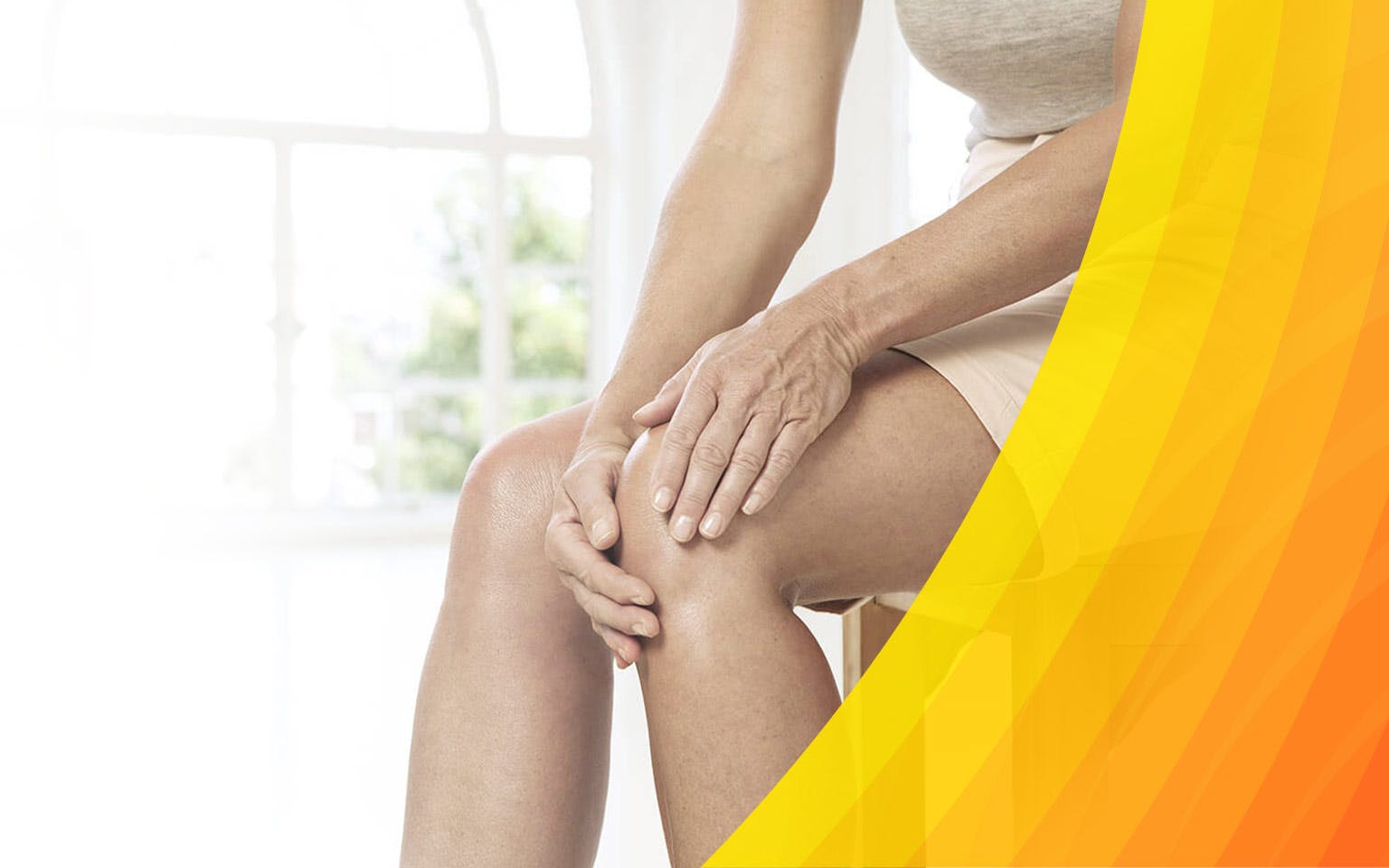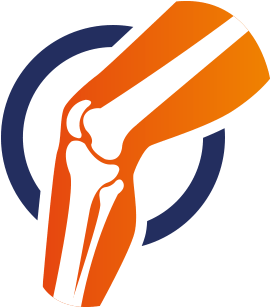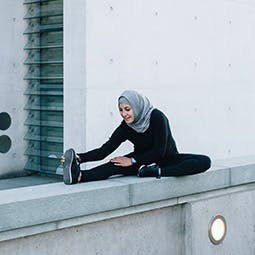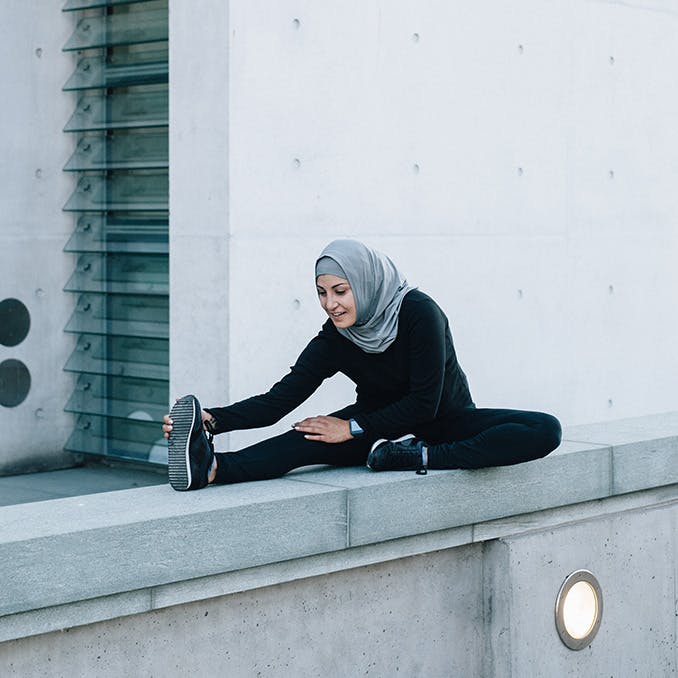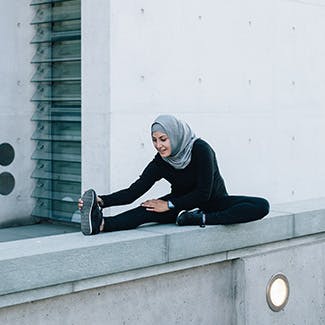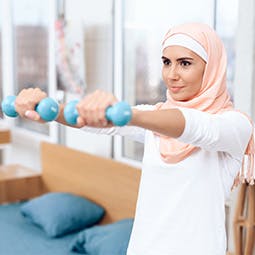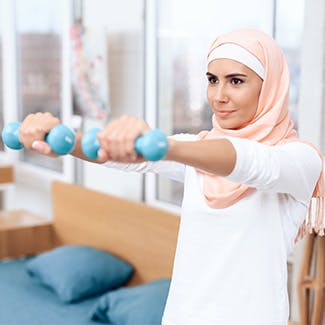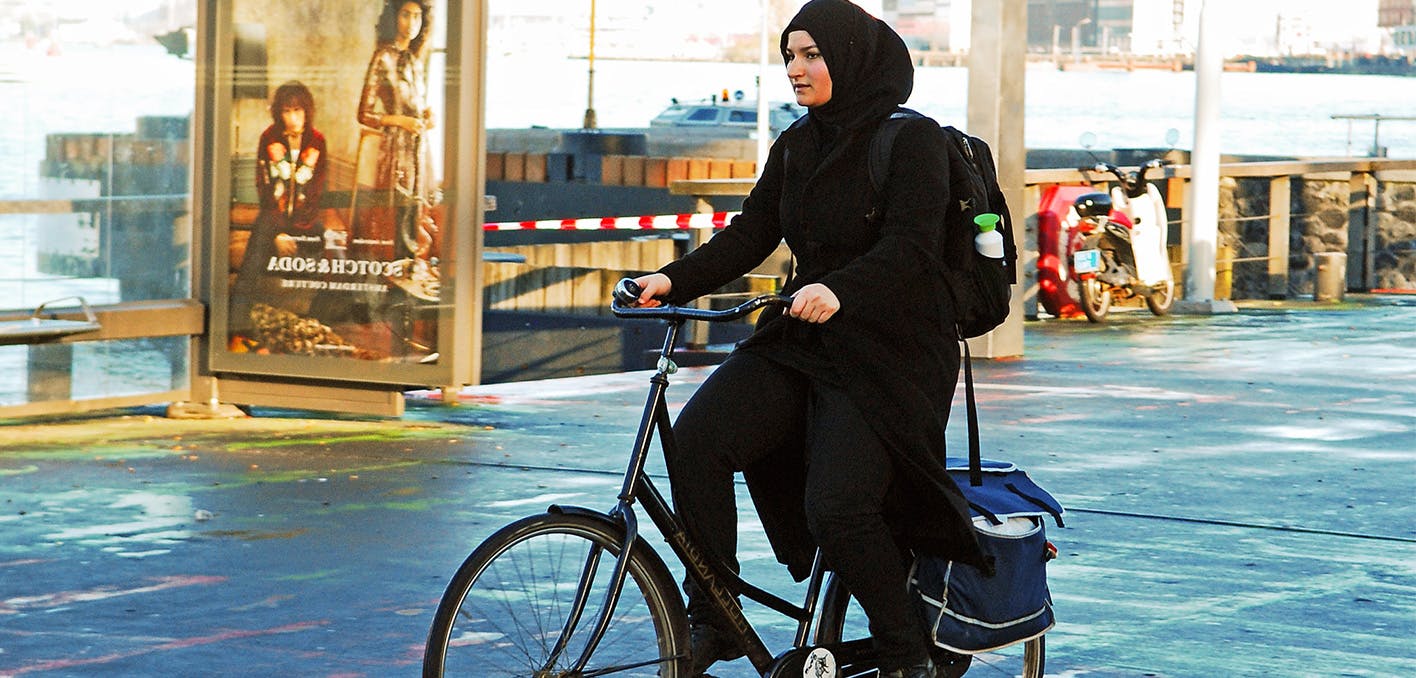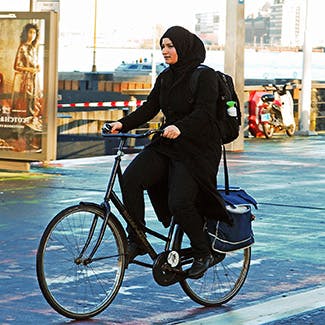Symptoms of knee pain
The symptoms of knee problems can vary and will depend upon the cause and severity. However, knee pain is common.
Sudden pain in the knee can occur if you overuse it or injure it.
01
Instability and weakness in the knee, or the feeling that your knee is about to give way, is a common knee problem.
02
Other symptoms may include stiffness, popping sounds, locking of the joint and inability to straighten the knee, depending on the cause.
03
How knee pain can affect you?
Knee pain is more common as you get older, due years of wear and tear, if you are overweight (as this puts more stress on the joint), or if you play sports. Because your knees are vital to movement, knee pain can stop you from playing sports and make it difficult to carry out simple activities, such as walking and climbing stairs.
Did you know?
The knee joint is made up of three bones, tendons that connect the bones to the muscles and ligaments that stabilise and connect the bones. Two c-shaped pieces of cartilage called menisci act as cushioning in the joint, while fluid filled sacs called bursa help the knee move smoothly.*
69% of people with pain experience knee pain.**
*Knee (Human Anatomy): Images, Function, Ligaments, Muscles. 2016. Knee (Human Anatomy): Images, Function, Ligaments, Muscles. [ONLINE] Available at: http://www.webmd.com/pain-management/knee-pain/picture-of-the-knee. [Accessed 18 April 2016].
**GSK Global Pain Index Research 2014 – full report p. 47
Why do we experience knee pain?
There are many causes of knee pain from injuries such as strains, sprains, torn ligaments and cartilage tears, to conditions such as osteoarthritis, tendonitis (inflamed tendons) and bursitis (where fluid builds up in the bursa, the sac of fluid that cushions the knee joints).
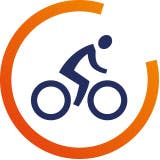
Sports Injuries
Knee injuries are common among athletes, for example, who often experience tears in the knee ligaments, leading to sudden knee pain. Runner’s knee is a condition that can affect anyone who does a lot of knee bends, for example while running, walking, jumping or cycling. It is felt as pain around the kneecap and can be the result of overuse, injury, abnormalities of the leg bones or feet and weak muscles.

Other causes
Knee injuries can happen slowly because of osteoarthritis, for example. If you experience problems with your hips or feet that cause you to walk awkwardly, it can throw off the alignment of the knees leading to damage. If you have a knee injury, even if it is a minor one, it is more likely that you will have similar injuries in the future.

Locate the cause of your pain
Injuries to ligaments or tears to the menisci (cartilage that helps to cushion and stabilise the joint) can cause pain in the side of the knees. Pain at the front of the knee can be due to bursitis, or cartilage problems. Osteoarthritis can lead to pain in the back of the knee.
Expert treatment
Depending on the cause of your knee pain, there are different ways to diagnose and treat it. You can try PRICE therapy at home, where you Protect, Rest, Ice, Compress and Elevate the knee to relieve pain. You can also take over-the-counter pain killers or use topical pain relief products from your pharmacist to help relieve acute (short-term, non-serious) pain and reduce inflammation. If pain is long lasting or more severe, you should see a doctor or specialist. They may perform a physical examination to test the mobility of your joint as well as inspect for swelling, tenderness, visible bruising and warmth and recommend physical therapy and knee braces to relieve knee pain. He or she may also order imaging tests such as an X-ray, MRI, ultrasound or CT scan. Additionally, your doctor may suggest knee-strengthening exercises as well as medication such as non-steroidal anti-inflammatory drugs (NSAIDs) to help with pain relief and treat underlying conditions.

What is runner’s knee?
Athletes and runners are particularly
prone to knee injuries.
Symptoms of runner’s knee include:
- Pain behind or around the kneecap
- Pain when you bend your knee
- Pain that is worse when you are walking downhill or downstairs
- Swelling
- Popping or grinding in the knee
Treat by resting the knee and taking anti-inflammatory medications
Explore our range
Find out how our products can help
Discover the Voltaren product range to find the right product to treat your pain.
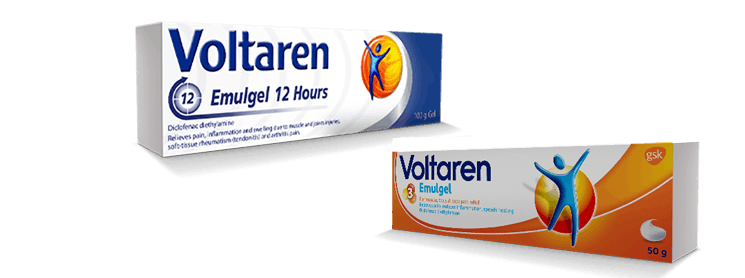
Learn more
Exercise and your body
Learn more about the benefits of exercise and how keeping fit can help you to stay healthy and relieve pain.
read moreHow to use Voltaren Gel to ease the pain of osteoarthritis
Osteoarthritis is one of the commonest causes of joint pain. Here we explain how Voltaren Gel can help to relieve the pain associated with osteoarthritis.
read moreExplaining osteoarthritis
Osteoarthritis is the most common form of arthritis. Find out more about what causes it and how to relieve your pain.
*GSK Global Pain Index Research 2014, report, p.8
Read More